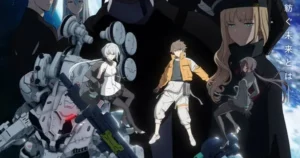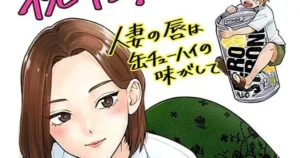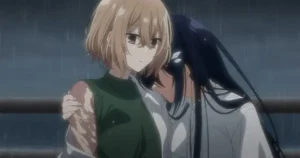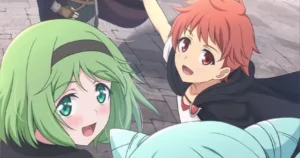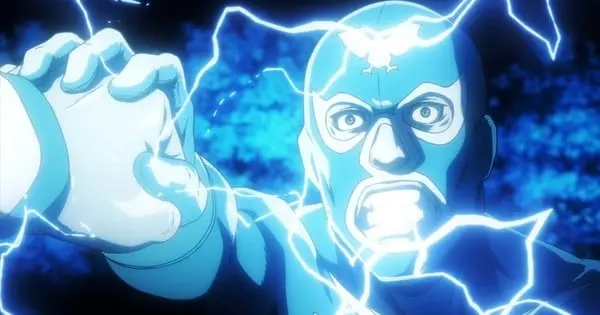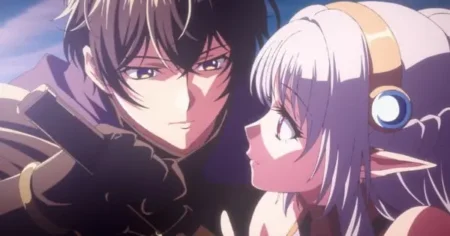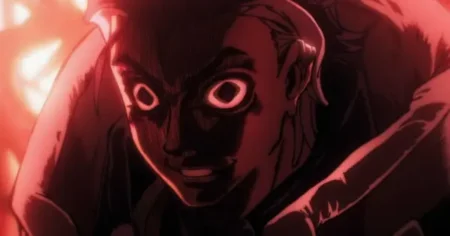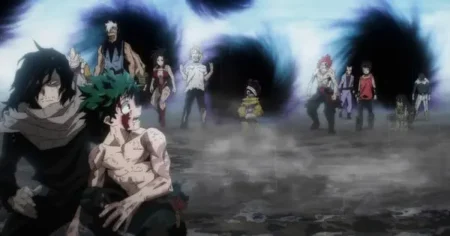The seventh episode of “Tojima Wants to Be a Kamen Rider” plunges viewers into the dark and compelling origins of Nakao, a character whose villainous path serves as a stark contrast to the series’ titular hero, Tanzaburo Tojima. While Tojima relentlessly pursues his dream of becoming a Kamen Rider, Episode 7 meticulously unravels the tragic circumstances that molded Nakao into an admirer of Shocker, leading to his eventual transformation into a Shocker Trooper.
The Anime’s Enduring Premise: A 40-Year-Old’s Heroic Dream
“Tojima Wants to Be a Kamen Rider” is a Japanese manga series, adapted into an anime that premiered on October 5, 2025. It centers on Tanzaburo Tojima, a 40-year-old construction worker who has harbored a lifelong dream of embodying the heroic Kamen Rider. His seemingly whimsical aspiration takes a serious turn when he finds himself embroiled in a wave of crimes perpetrated by individuals mimicking the villainous organization Shocker. The series, animated by Liden Films and directed by Takahiro Ikezoe, has quickly garnered attention for its unique blend of tokusatsu-inspired action and character-driven storytelling.
Episode 7: Unveiling Nakao’s Path to Villainy
Episode 7, which aired on November 16, 2025, significantly shifts its focus to Nakao, a character previously known for orchestrating “Shocker Robberies” and openly admiring the villains rather than the heroes of the Kamen Rider franchise. This installment serves as a critical exploration of why Nakao chose such a divergent path, offering a profound look into the formative experiences that shaped his worldview.
A Childhood Forged in Hardship
Nakao’s backstory is revealed to be one steeped in hardship and disappointment. Like Tojima, he was primarily raised by a single parent. However, unlike Tojima’s mother, who worked diligently in an honest job, Nakao’s father pursued a risky dream of opening a taiyaki stand. This venture led to significant debt with the yakuza, ultimately forcing his father to abandon him and become effectively enslaved.
This traumatic abandonment became a pivotal moment for young Nakao. In his moment of need, no hero appeared to rescue him, leaving a lasting impression that the “bad guys win in the real world”. This cynical realization propelled him towards a philosophy where, to achieve victory, one must embrace the role of the antagonist. This early resolve manifested in various ways, from pretending to be Shocker on the playground to joining the mob as an enforcer in his adult life.
The Confrontation and Transformation
Earlier events, including those leading into Episode 7, depicted Nakao’s involvement with the “invincible” Kumota and an attack by a rival yakuza group. During this chaotic confrontation, Nakao witnessed the horrifying transformation of Kumota into the monstrous Man-Spider. Though Nakao helped his subordinates escape and bravely returned to avenge his boss, he was ultimately impaled by Man-Spider’s fangs. In his dying moments, Nakao, perhaps driven by his lifelong admiration for Shocker and the belief that they held true power, begged to join the villainous organization. Miraculously, he later awoke on a park bench, unharmed and with no memory of how he got there, only to discover his new reality as a Shocker Trooper.
Thematic Resonance: A Dark Mirror to Heroism
Episode 7 masterfully employs Nakao’s story as a “dark mirror” to the narrative of the series’ heroes, particularly the Shimamura brothers. Where Nakao’s tragedy taught him to become a villain to survive and thrive, the Shimamura siblings learned an opposing lesson: that in a world devoid of heroes, they must become those heroes themselves. This thematic contrast deepens the show’s exploration of justice, power, and the complex motivations behind one’s chosen path.
The episode also highlights the anime’s often unpredictable tone, frequently oscillating between humor and over-the-top action. This dynamic keeps viewers engaged, as the narrative defies easy categorization and maintains a constant sense of thrilling uncertainty. The revelation of Nakao’s complete transformation into a Shocker Combatant further underscores the series’ commitment to exploring the tangible consequences of its characters’ deeply held beliefs and aspirations, whether heroic or villainous.
As “Tojima Wants to Be a Kamen Rider” continues its run, Nakao’s tragic journey provides a compelling counterpoint to Tojima’s unwavering heroism, enriching the series’ exploration of what it truly means to be a “Rider” in a world where good and evil are not always as clear-cut as they appear in fiction.

